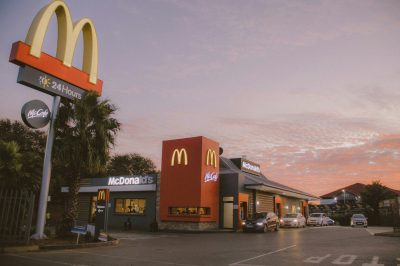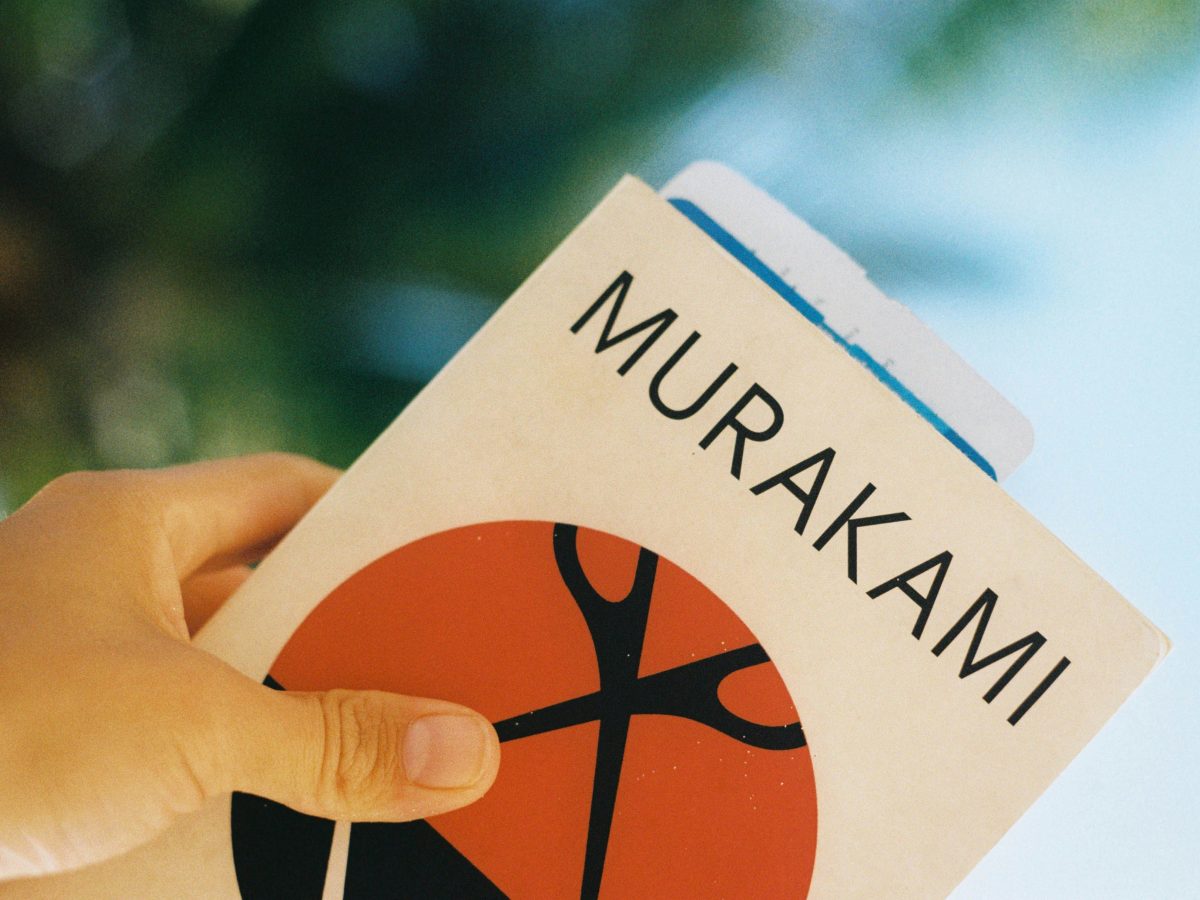𝘈𝘱𝘱𝘳𝘰𝘹 𝘳𝘦𝘢𝘥 𝘵𝘪𝘮𝘦: 4 𝘮𝘪𝘯𝘴🕒
McDonald’s is thriving and continues to expand across the globe. So, what’s it’s secret recipe?
McDonald's success comes down to two key factors: a powerful business model and a strong ability to adapt and innovate.
Indeed, the company leaves nothing to chance and makes sure to keep itself informed of new trends, when it's not providing the innovations itself.
McDonald's localisation strategy gives it a competitive edge over global and regional competitors by offering menu options that cater to local tastes and catering the brand itself to various regions, through slogans and logos.
In 2023, the company saw revenue reach $25.49 billion, driven in part by strong performance in emerging markets with localised products.
In this blog, we will explore these products and new items on the menu, along with the other ways the company has localised itself.
While some items have been adapted to local culture, others are just a way to restore image
McDonald’s has in fact been criticised for years because of its unhealthy food and lack of healthy alternatives.
So, the company has counterattacked and introduced healthier, more natural options such as fruit and plenty of salads (like the side salad, grilled or crispy chicken salad).
Originally red, the brand’s colour has been localised
While red remains dominant in most English-speaking countries, it has been modified and adapted to suit various cultural preferences. In several European countries (such as Spain, Switzerland and Italy), the brand’s colour shifted to green once the company began promoting fresher and healthier products.
Indeed, green is synonymous with ecology which has become a priority in these countries and has become a part of their values.
This marked a strategic shift for the brand in Europe, aimed at repositioning itself as a company with a healthier and more eco-friendly image.
McDonald’s has developed a winning strategy that consists of adapting each product and marketing campaign to the culture of the country. It is completely aware of the importance of adaptation, transcreation and innovation.
This is the key to exporting success.
How does McDonald’s tailor its products to different countries?
Among its different restaurants worldwide, operating in over 100 countries, we can find the iconic Big Mac almost everywhere.
McDonald's has maximised cultural adaptation by customising its menu to local tastes, such as offering the Ebi (prawn) Burger and Green Tea McFlurry in Japan. This reflects the Japanese love for seafood and tea culture, along with seasonal items like sakura-themed desserts to connect with local traditions.
India is one of the few countries where McDonald’s doesn’t serve beef, as most Indian customers avoid it for cultural and religious reasons. However, the company has adapted its menu to local preferences, as it does in every country, offering chicken, fish and vegetarian burgers, along with a variety of spicy dishes.
In Thailand, you can also find a Samurai Pork burger, Caribbean Shrimp Burger and unique rice-based meals like rice patties instead of bread buns.
Also, in Greece, McDonald's offers Mediterranean-inspired options like the Big Mac in Pita with tzatziki sauce and customised salads featuring local ingredients like olives and feta cheese.

Adapting local habits
These examples demonstrate how the global brand has adapted its products to the locals’ tastes within each region. But the company also adapts to local habits: while you can hardly find a double or triple Big Mac in European countries, you won’t have any problems finding them in the United States, Canada or Thailand.
Along with its products, McDonald’s has also adapted and transcreated its slogan and even the names of its burgers.
The famous 'I’m Lovin’ It' has crossed nearly every border. In some countries, the message remains the same, even when English isn't the official language. Others have kept the same slogan but added translations in multiple languages, while some countries have just translated it using translation services, such as Quebec (i.e. “C’est ça que j’m”).
But above all, we wonder how McDonald’s has created such a successful slogan that is grammatically incorrect. English speakers typically don’t use the verb 'love' as a gerund since it would mean that they are infatuated for a determined period.
Still, most of us don't even think about it, it's become so familiar that it feels completely natural.
Regarding the burgers’ names, there are also some differences between countries. Take the example of the quarter pounder. In Spain, the name is just translated (cuarto de libra). In Quebec, it is also translated but a bit modified since it uses a third instead of a quarter (tiers de livre).
Some countries have just completely changed the names without even translating them into their own languages. That’s the case with the Italian and the French versions, which give them the name of Royal (Cheeseburger Royal in Italy and Royal Cheese in France).
Conclusion
McDonald’s export strategy stands as a masterclass in global brand adaptation.
From menu innovation and visual branding to linguistic choices and cultural sensitivity, McDonald’s proves that true globalisation requires localisation tailored to each market.
That’s why, when it comes to exporting, I’m lovin’ it.







